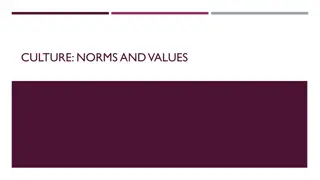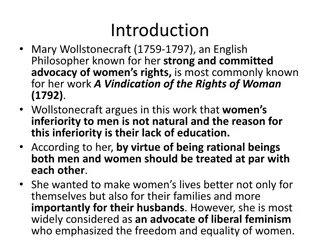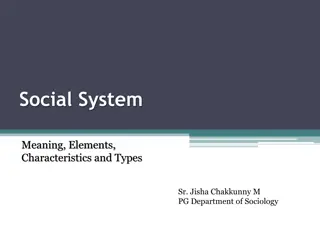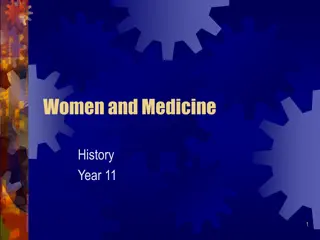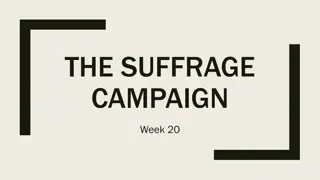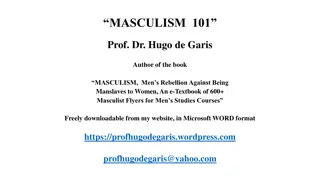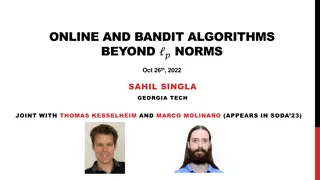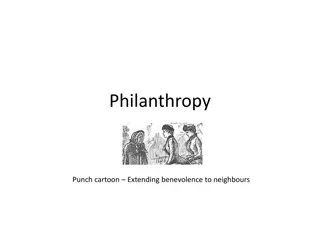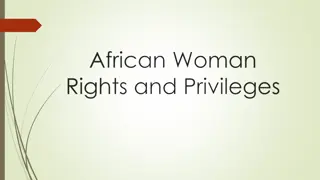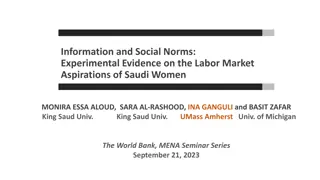Women's Night Out: Challenging Social Norms
A group of friends, Maria, Sammy, Harry, and Tiegan, go against societal conventions by enjoying a night out drinking cocktails and choosing where to eat. The interaction reflects Deborah Tannen's theories on communication styles among women, showcasing considerations for others' opinions and needs.
Download Presentation

Please find below an Image/Link to download the presentation.
The content on the website is provided AS IS for your information and personal use only. It may not be sold, licensed, or shared on other websites without obtaining consent from the author.If you encounter any issues during the download, it is possible that the publisher has removed the file from their server.
You are allowed to download the files provided on this website for personal or commercial use, subject to the condition that they are used lawfully. All files are the property of their respective owners.
The content on the website is provided AS IS for your information and personal use only. It may not be sold, licensed, or shared on other websites without obtaining consent from the author.
E N D
Presentation Transcript
THE GATE MARIA, SAMMY, HARRY & TIEGAN
The girls are out on the toon. Regional accent toon The concept of a group of friends going on a night out consuming alcoholic drinks is something that is traditionally more associated with men. Therefore the fact this is a group of women goes against society s convention. This goes against Deborah Tannen's theory of independence versus intimacy because the girls makes it seem like they need a chaperone due to the age significance of the word girls .
Eeh, these cocktails are mint. Eeh seems here to be used as a discourse marker, as the character wishes to obtain attention before making her statement. This supports Tanner s belief that women are more likely to feel obliged to ease their way into a conversation and therefore opt for support as opposed to status in conversation.
Theres loads of places to eat here. Worabout an Indian? Interrogative One of the female characters utilises this interrogative, which supports Tannen s theory of conflict vs compromise as the character is taking her friend s wishes into consideration. This supports Deborah Tannen s theory of conflict versus compromise because the female character is considering others feelings and ideas on where to eat.
Ye still on the Atkins, Liz? By asking the question the female character is considering her friend and understanding that because of her dietary needs she needs to change restaurant choice. Especially by using the vocative its clear that she s directed this question towards Liz. This supports Deborah Tannen s theory because the female character is understanding.




